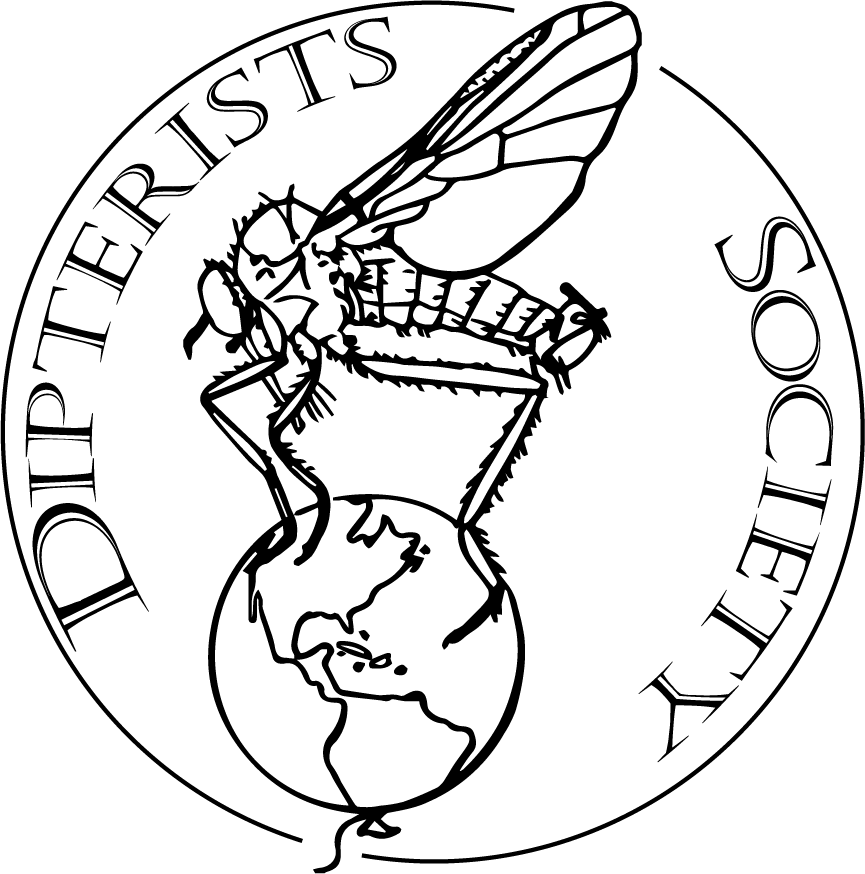
Dipterists Society
An International Society for Dipterology



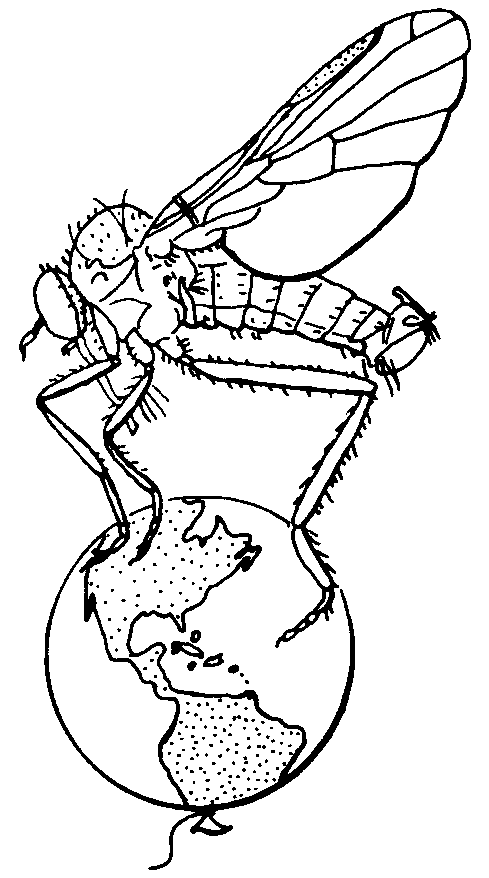
The Fly Times Supplement series was born in late 2017 when the editor, Steve Gaimari, was approached about an upcoming submission for a longer-than-normal article that would make that issue of Fly Times particularly large. This lead to the idea to start a supplement series to allow for larger works, to be produced on an irregular basis as such manuscripts were submitted. Each Supplement is a single work covering such topics as historical or biographical themes, travelogues, original research, collecting expeditions, and larger taxon-focused treatments.
ISSN 2769-612X (online), 2769-6111 (print)
If you are considering submitting a manuscript, please see the Instructions for Authors! (The requirements are essentially the same as for Fly Times, except there are no set deadlines.)
Announcements for new issues and calls for manuscripts will also be made through the Dipterists mailing list server periodically.
Korneyev, V.A., & Evenhuis, N.L. — The Real Life of Sergei Lesnoy

A biography of Sergei Yakovych Paramonov, a Ukrainian naturalist, entomologist, and writer, who was born in the Russian Empire, worked in the USSR, the Third Reich, and the British Empire, and is buried in Australia.

Evenhuis, N.L. — The life and work of Francis Walker (1809–1874)
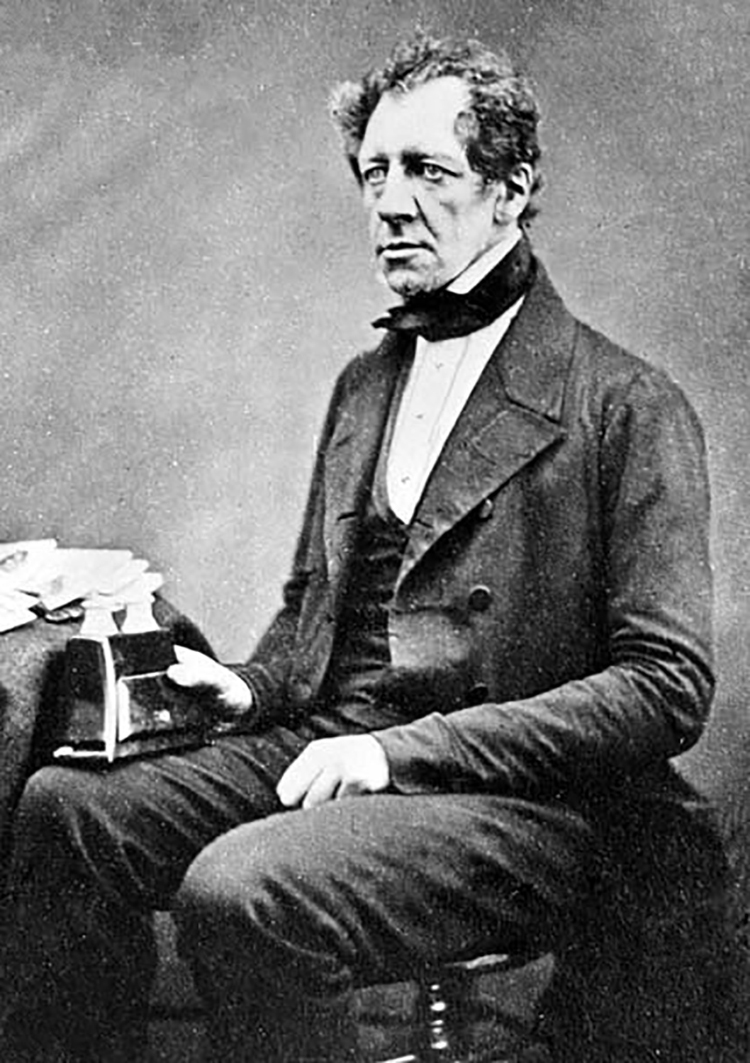
Francis Walker was one the early members of some of those first entomological societies and also one of the major contributors to the enormous task of inventorying and cataloguing the various orders of insects in the British Museum. During his career, my scouring his works page-by-page show that he described 23,626 species as new to science, almost 16,000 of them described during his cataloguing of the British Museum collections. Ohl (2018) calculated that he described about 560 species per year. He was one of the most prolific of describers in the history of entomology if not all of biology.
Gaimari, S.D. — Tables of Contents, General Indexes, Taxonomic Indexes
The Fly Times has successfully kept the Dipterist community in touch and informed. Throughout the years there were reports of recent and future meetings, new techniques, historical dipterology, colleagues moving, having material to share (or requesting specimens), grants available and other funding opportunities, positions recently acquired, and sadly, numbers of obituaries, with at least some of these giving lists of publications and/or taxa described. Several indexes are presented to document and make more searchable the contents of all Fly Times issues and Fly Times Supplements published prior to this Supplement. They cover the following topics, presented in the following order: authors, collecting trip reports, techniques, copyrighted visual material, and three taxonomic indexes (genus-group names, species-group names arranged by genus, all species-group and genus-group names).
Thomas, A.W., Leblanc, L. & Turner, W.J. — The Horse Flies and Deer Flies of Idaho, Orego and Washington State (Diptera: Tabanidae)
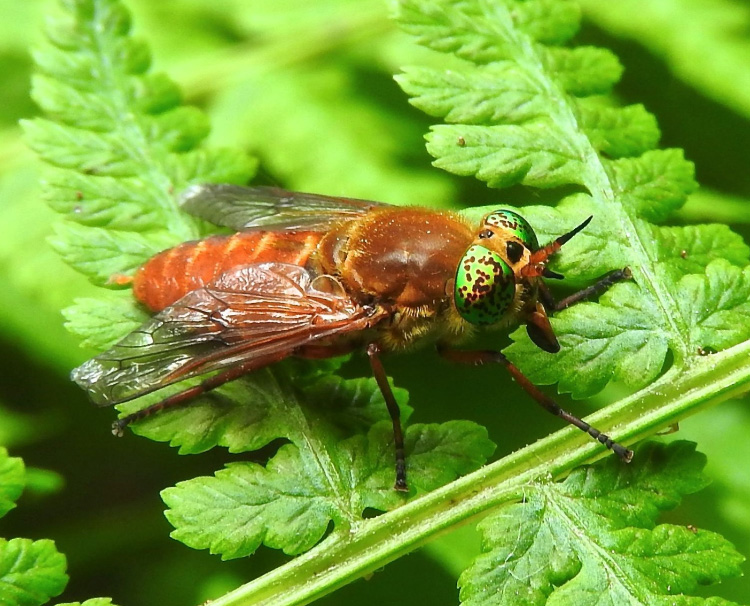
Profusely illustrated keys are provided to identify females for the known (68 spp.) and expected (5 spp.) tabanids of the Pacific Northwest (PNW), i.e., Apatolestes 2 spp.; Stonemyia 2 spp.; Silvius 4 spp.; Chrysops 15 spp.; Haematopota 1 sp.; Tabanus 12 spp. (11+1); Atylotus 4 spp.; and Hybomitra 33 spp. (29+4). A species-page that includes a dot-distribution map showing collection localities (for known PNW species) is provided for each of the species. A total of 2,766 specimens were examined and additional data were extracted from unpublished datasets. In total, we have records for 1,383 localities in the PNW. Also included is a brief history of tabanid studies in the PNW, comments on recent changes in scientific names and a discussion regarding intraspecific variation in selected species.

Gaimari, S.D. (editor) — Abstracts Volume, 10th International Congress of Dipterology, 16–21 July 2023, Reno, Nevada, USA
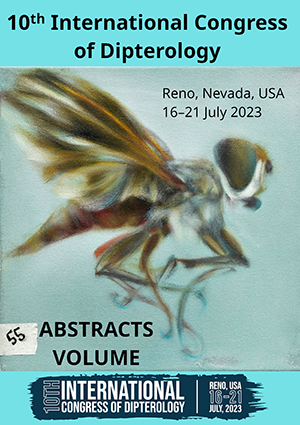
The International Congresses of Dipterology (ICD) have been consistently held every four years since the First one held in Budapest, Hungary in 1986. This Tenth congress consisted of 200 dipterists (along with 30+ accompanying persons), nearly 1/4 of which were students, from 35 countries from all continents except Antarctica (unfortunately no one came who could collect Belgica antarctica in their backyard). Their names, countries, and institutional affiliations (if any) are given in the Scientific Program. This volume consists of 222 abstracts. The 190 oral presentations are arranged into 20 symposia, a General session, Plenary (5) and Banquet (1) addresses, and the Book launch event (3) for Volume 3 of the Manual of Afrotropical Dipterology. The Poster session consists of 32 posters. In total, students gave 39 of the oral presentations and 10 of the posters. This Abstract Volume is organized alphabetically by first author, and the presenting author’s name is underlined except for cases of single authorship. The header on each abstract page gives its symposium or session. The Table of Contents is organized according to symposium or session in alphabetical order, and alphabetically by first author within each. An author index is given at the back, as well as a subject and taxonomic index.

Although not part of this Fly Times Supplement, the Program for the Congress can be downloaded for free, and is also available as Print-on-demand.
Thomas, A.W., Steck, G.J., Leblanc, L. & Sutton, B.D. — The Horse Flies, Deer Flies, and Yellow Flies of Florida (Diptera: Tabanidae): A Checklist and Illustrated Keys
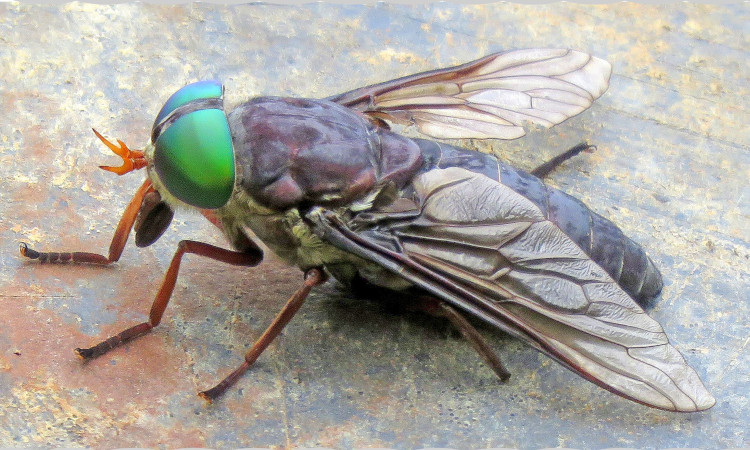
A current checklist of the species of Tabanidae known to occur and possibly occurring in Florida includes three subfamilies with genera and numbers of species as follows. Pangoniinae: Asaphomyia Stone – 1 species. Chrysopsinae: Merycomia Hine – 2 species; Chrysops Meigen – 42 species and subspecies, 2 possible species, 2 undescribed species. Tabaninae: Agkistrocerus Philip – 2 species; Anacimas Enderlein – 1 species; Chlorotabanus Lutz – 2 species; Diachlorus Osten Sacken – 1 species; Haematopota Meigen – 1 species; Hamatabanus Philip – 4 species; Hybomitra Enderlein – 4 species; Leucotabanus Lutz – 1 species; Microtabanus Fairchild – 1 species; Stenotabanus (Aegialomyia) Philip – 2 species; Tabanus Linnaeus – 59 species and subspecies, 10 possible species; Whitneyomyia Bequaert – 2 species and subspecies. Illustrated keys for females are provided to subfamilies, genera, and species of each genus. Individual species pages usually show four views of each taxon: dorsal habitus, lateral habitus, frontal view of head, and a lateral view of head. A county distribution map is shown for each confirmed Florida species and distribution data by State is listed for each species that is known to occur or possibly occurs in Florida.

Evenhuis, N.L. — The confiscation of the Wasmann/Schmitz collections during World War II
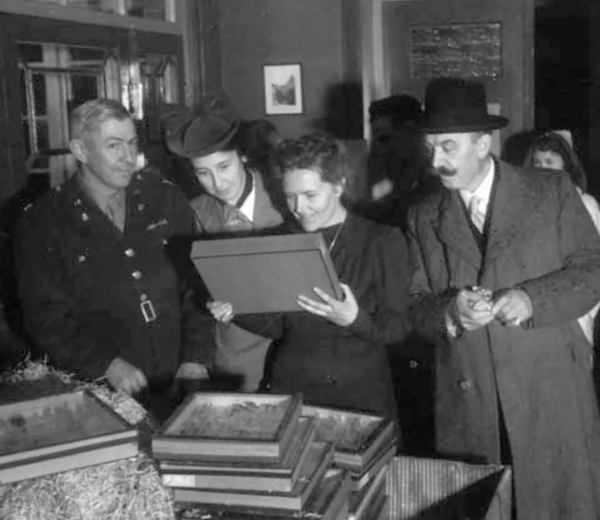
Details and history of the theft of the Wasmann collection of ants and Schmitz collection of phorids by German troops during World War II are given, highlighting the persons involved and clarifying misinformation about why it was stolen and where some parts of it were taken.

Oosterbroek, P., d'Oliveira, M. & Mederos, J. — An overview of the crane flies of the West Indies (Diptera: Limoniidae & Tipulidae)
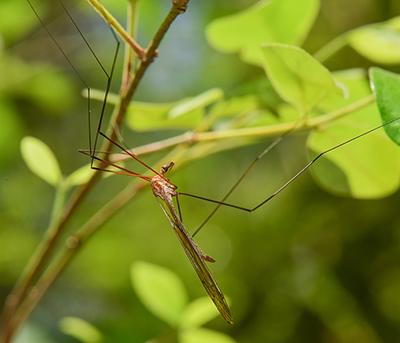
An overview of the species of crane flies (Limoniidae and Tipulidae) known from the West Indies is presented, with their distributions. Of the 258 species of crane flies known from the West Indies, 206 are endemic to the West Indies (80%) and 167 (65%) are known from only one island. Records are available for 22 islands, noting that some islands have no records despite the likelihood of having crane flies. The Greater Antilles shows relatively large numbers of species on each island, but there are surely interesting new discoveries to be made due to their size and habitat diversity. The Lesser Antilles have some well-researched islands, but the fauna of most islands is generally poorly known. In addition to an updated list of the known species, we include new records, distribution tables, and images of wings for the genera/subgenera. We also present island references pertaining to each species, along with regional keys available for species identification.
